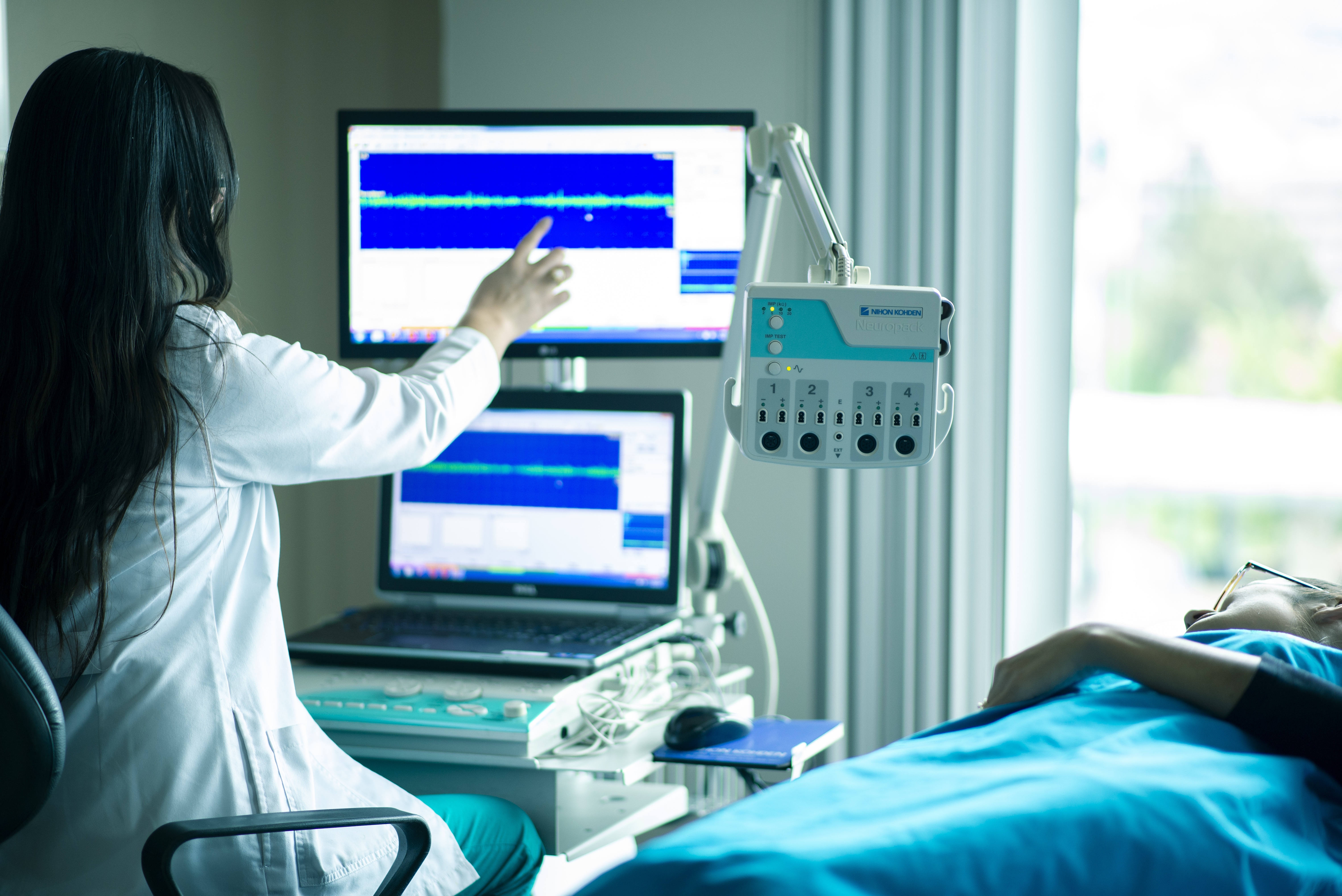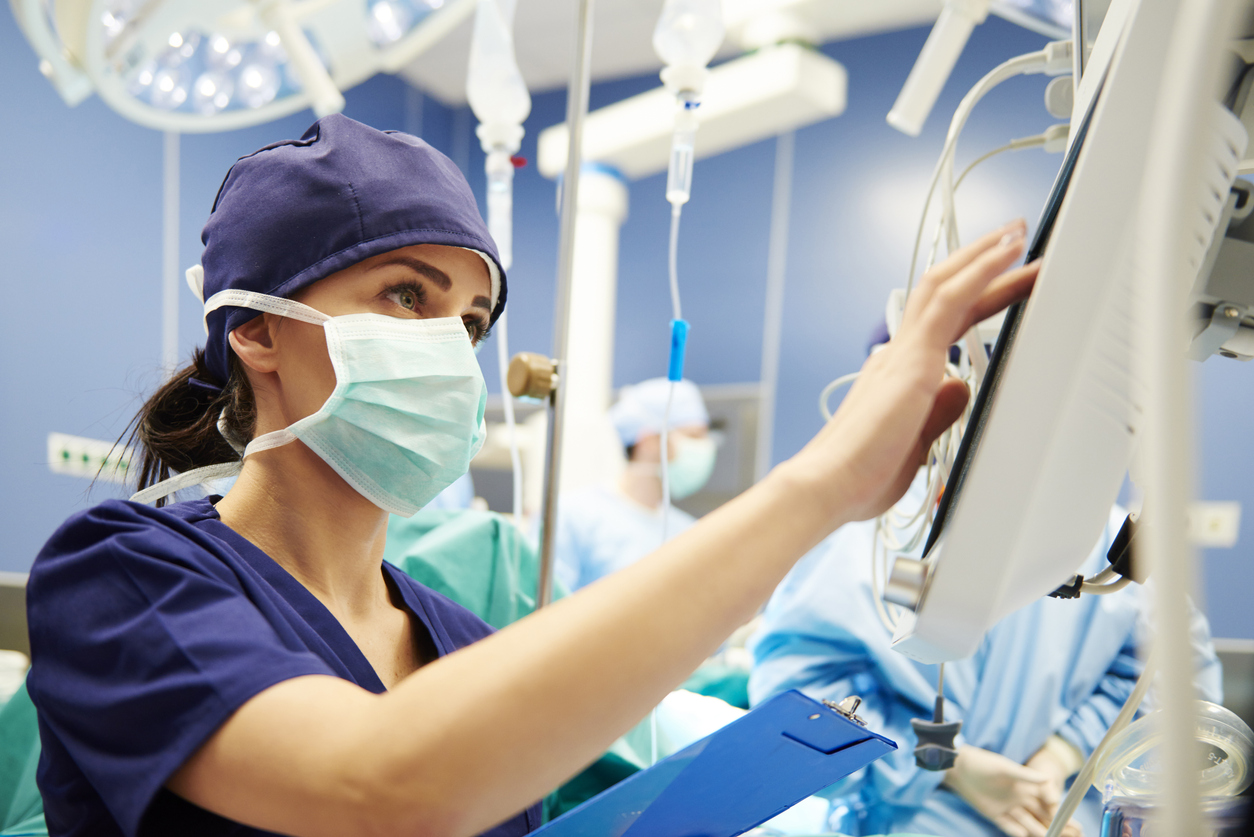Emerging medical technologies driving new demand for leasing options

Healthcare providers know all too well of the need to offer their patients the latest in medical equipment and yet the large cost to acquire it. On top of the initial outlay, the maintenance costs and continuous upgrades as technology advances, can often add to the perceived financial burden.
With a growing ageing population and a rise in chronic disorders, the demand on the healthcare sector continues to grow exponentially. Maintaining a high quality of patient care depends, in part, on being able to offer the latest in diagnostic and medical machinery.
Having well-maintained and functioning medical equipment assets can be essential to the smooth and continuous operation of any health facility. Superseded equipment and breakdowns at best, cause interruptions to workflows and schedules, and at worst could result in negative clinical outcomes.
That is where equipment leasing enters as a viable solution – both in meeting clinical needs and patient care, whilst taking into consideration the financial constraints faced by all operators within the healthcare sector.
The ability to finance and lease equipment, is taking on even greater importance as hospitals begin to embrace the products of a burgeoning medical technology industry and is playing a key role in allowing hospitals and practices to obtain exciting new innovations, thus achieving better patient outcomes.
Benefiting from tailored asset finance solutions
By considering alternative means of capital when possessing medical equipment, hospitals, specialist clinics and private practices are enabled to balance the funding of assets to better match their useful lifespans. It can provide operators with a way to quickly obtain needed hardware and machinery by delivering an immediate source of alternative capital.
Whilst financial and procurement executives throughout the sector, will almost always weigh up acquiring new technologies against funding and cash flow, priorities differ slightly in public vs. private across both Australia and New Zealand.
For instance, the impact of COVID-19 over the past year on public hospitals, has meant limited public health funds have needed to be repurposed for quarantine facilities, resulting in even greater demands on limited capital.
Private hospitals across both countries have seen the pressures, consistently around optimising the use of capital and appropriate financing solutions. While funding might not always be as constrained as it is with their public counterparts, often equity needs to provide shareholder returns and debt financing is utilised for larger, long-dated projects such as business expansion and building projects.
Whilst the idea of owning equipment outright may seem ideal for some, after factoring in deprecation and maintenance costs, the leasing of equipment and assets is not only a more viable solution to utilise for cashflow purposes, but furthermore creates a discipline of regularly upgrading to the latest clinical technology.
Debt vs Rental
Choosing a finance option appropriate for healthcare requirements, should have as much to do with an asset’s useful lifespan as it does with end of term ownership and the balance sheet's bottom line.
A debt product may come into play for funding longer-term equipment, such as hospital beds and CT scanners, with their useful life generally lasting at least 10 years. Therefore offering an alternate source of funding when cash needs to be allocated elsewhere, such as hiring new people and training for staff.
Shorter-term assets, for example an ultrasound machine, tends to be more suited to an operating lease in that it avoids any residual risk (due to being a depreciating asset) and the headache of choosing the right method of disposal. Moreover, it allows operators to replace and upgrade this equipment more frequently, allowing providers to reap the rewards end of term. And where there may be uncertainty with the asset, for example the demand for its use is not as high as expected, it can simply be handed back.
Seeking the best clinical outcomes in healthcare, involves updating to the latest equipment and often, the adoption of new or experimental technology. It is here that operating leases are providing a boon for hospitals embracing the latest in emerging, state of the art medical equipment.
The future of surgical robotics
The leaps made in emerging medical technology have brought yet another dimension to the decision making process when considering finance options, and that is ‘unsure of useful life.’
From a surgical endoscopy robot to one that brings cheer (and delivers meals!) to children in a hospital ward, operators keen to embrace the new technology and trial their efficacy, will need to weigh up which finance solution is right for both right now and well into the life of the asset.
As we transition into this brave new world of rapidly changing technology and the introduction of smart robotics, finance teams and executives may naturally fall back to the safe option of 'not right now' when tasked with creatively presenting options to acquire 'the unknown'. However, two questions hospitals and medical facilities should be asking themselves are a) Are we keeping up with the competition and changing demand of patients? and b) what funding solution would we benefit from the most in times of uncertainty?
The possibility of leasing this type of equipment may depend on vendor or financier, however if offered, provides the opportunity to quickly adopt and test new innovations, whilst further reducing the risk in doing so when the use and lifespan is unknown.
An operating lease, may in fact boost the viability of experimenting with emerging specialised equipment, as the move toward surgical robotics and unique medical technology increases. While a suggested lifespan of any medical equipment may not be guaranteed, nor is the timing to update or upgrade any developing technology.

